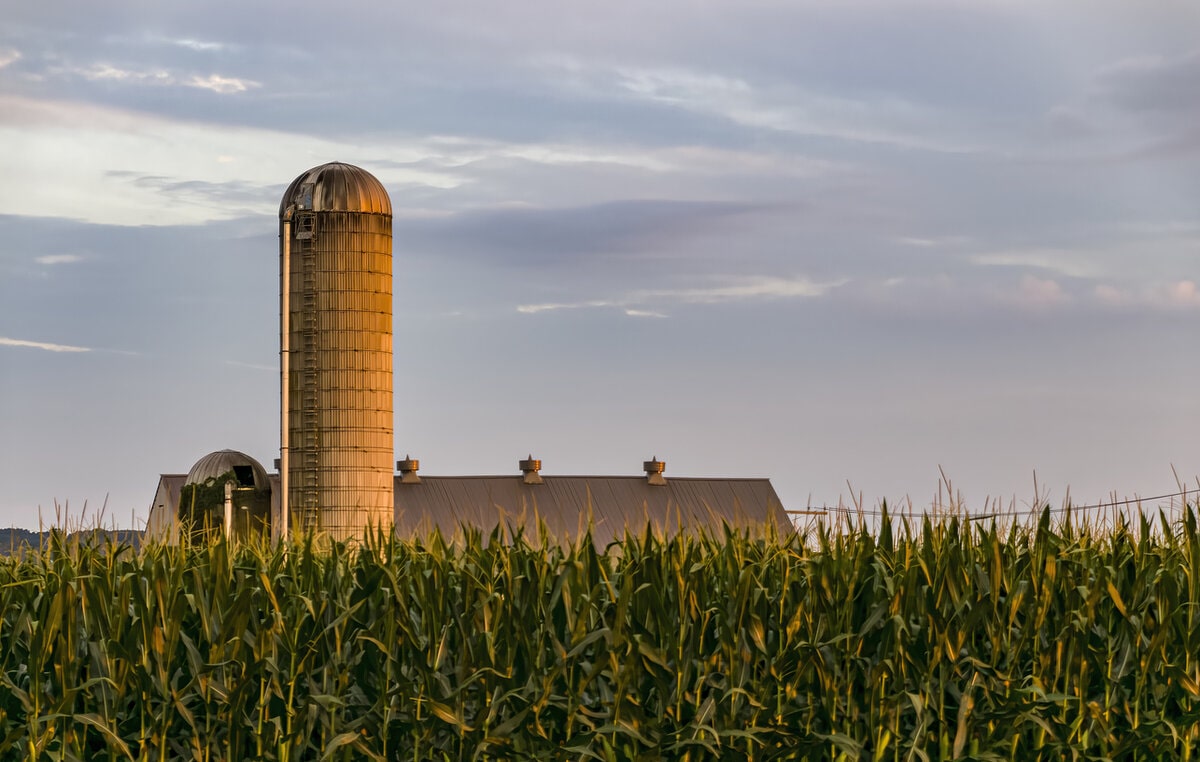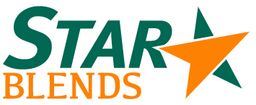Your dairy cattle feed is essential to keeping your herd happy and healthy. But rodents, dirt, snow, rain, and other contaminants can affect the quality of your feed, making proper storage crucial. Learn the ins and outs of how to store livestock feed so you can keep your feed supply healthy and your cattle productive.
Why Feed Storage Is Important
The first step in making sure your cattle perform at its best is making sure their feed is as fresh and nutrient dense as possible. If stored properly, your feed will lose less nutrients over time, and you’ll have less spoilage which reduces feed waste and cost.
Animal Nutrition
Your cattle are an integral part of your livelihood, so ensuring you provide them with high quality food is extremely important. Maintaining the nutritional quality of your feed is vital for their health and productivity. Properly storing your feed can help prevent spoilage, degradation, and nutrient loss.
Food Safety
As everyone knows, health concerns in your animals could potentially cause a loss of income. To make sure you get the most out of your animals, and keep their production high and consistent, it all starts with how you store your feed. Proper feed storage can help prevent contamination and the spread of disease across your herd by minimizing the risk of exposure to pests, mold, and other contaminants.
Waste Reduction
Improper feed storage can lead to spoilage, contamination, or pests. Once your feed is contaminated, it needs to be tossed, which can be a huge cost. Proper storage can help keep your feed in its best condition and reduce waste. This waste reduction helps your bottom line and cuts down on the environmental impact of food waste.
Savings on Bulk Feed
Buying feed in bulk is a great way to save on costs. But if you don’t properly store it and have to toss feed out, it defeats the purpose. Star Blends has the capabilities to deliver to your farm with a bulk feed order, and we can also provide your farm with a custom mix created by your nutritionist!
Feed Storage Factors to Consider
The same feed storage strategy won’t work for every farm. Before you start looking for storage containers, ask yourself these questions:
- How many animals am I feeding? The number of animals you own determines how much feed to keep on hand and what size containers you need. Feed storage for 100 cows will look different than feed storage for a herd of 1,000.
- How many different feeds do I use? If you use different types of feed, you may need separate containers for each one.
- Do I buy in bulk? The number of cows you have, how much feed you buy at a time will impact the storage container sizes you need.
- What is my climate? Feed storage can differ across climates. Storage needs in a hot, humid climate may not be the same for a cold, dry one.
Feed Storage Best Practices
To know which type of feed storage containers work best, you first need to know best practices, including:
- Keep feed in a dry, covered area to help prevent exposure to moisture, sunlight, and heat.
- Use insect screens, rodent-proof barriers, and regular pest control methods to help prevent pest infestations.
- Keep feed containers off the ground to help prevent access by ground-dwelling pests.
- Use sturdy, airtight containers to help keep feed fresh.
- Keep the feed storage area clean to help prevent bacteria, mold, and other contaminants.
- Follow “first in, first out” (FIFO) to ensure old feed is used before new feed.
- Label containers with the feed type, purchase date, and expiration date.
- Don’t mix old and new feed to help prevent spoilage.
- Regularly inspect your feed to ensure it hasn’t been contaminated.
Cattle Feed Storage Ideas
A few common storage options are feed bins, commodity bays, and barns. Each one of these options are great for farming options, but each farm has different needs for volume, space, and storage locations.
Feed Bins
Feed bins come in various sizes and styles, so finding one that fits your operation is easy. You can find mini bins perfect for small grain storage, metal bins that can last for decades, and hopper bins that make feed access a breeze.
Commodity Bays
Bays are a great way to store feed. The biggest advantage to this type of storage is that a large amount of feed can be delivered, which could help delivery costs. If you choose this option, make sure you can use up this feed in a timely manner, or you might end up with compromised or spoiled old feed!
Barn Storage
The most common form of storage is barn usage. Many farms have open pole sheds which work great because there are lots of organizational options. One key factor in barn storage is to make sure there’s proper ventilation and keep the feed off the ground to prevent pest problems and moisture buildup.
You can also store feed bags in a barn — again, keep them off the ground. They can easily be stacked to save space. The best way to keep bags, and even totes, off the ground is placing them on top of pallets.
Star Blends also has capabilities to deliver certain bagged and toted products on your area’s specific route days!
Start with Quality Feed from Star Blends
Putting the effort into feed storage will mean little if you don’t have quality feed. Star Blends is ready to help you with our custom dairy cattle feed solutions. We’ll work closely with you and your nutritionist to create custom feeds designed to support the needs of your herd. Get started today.



